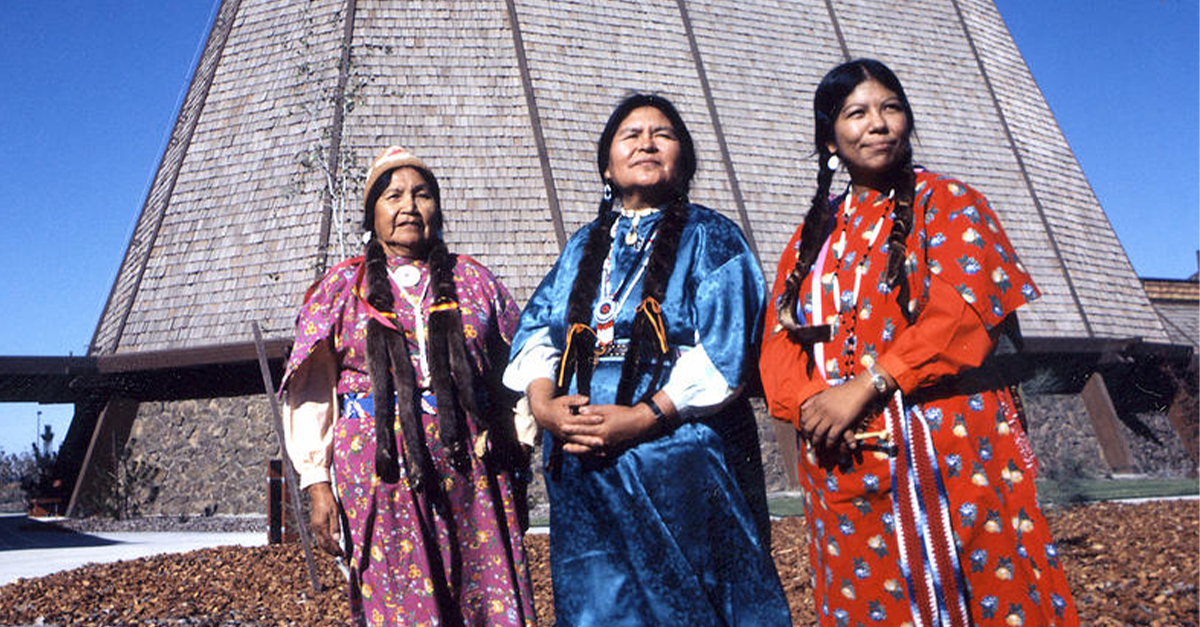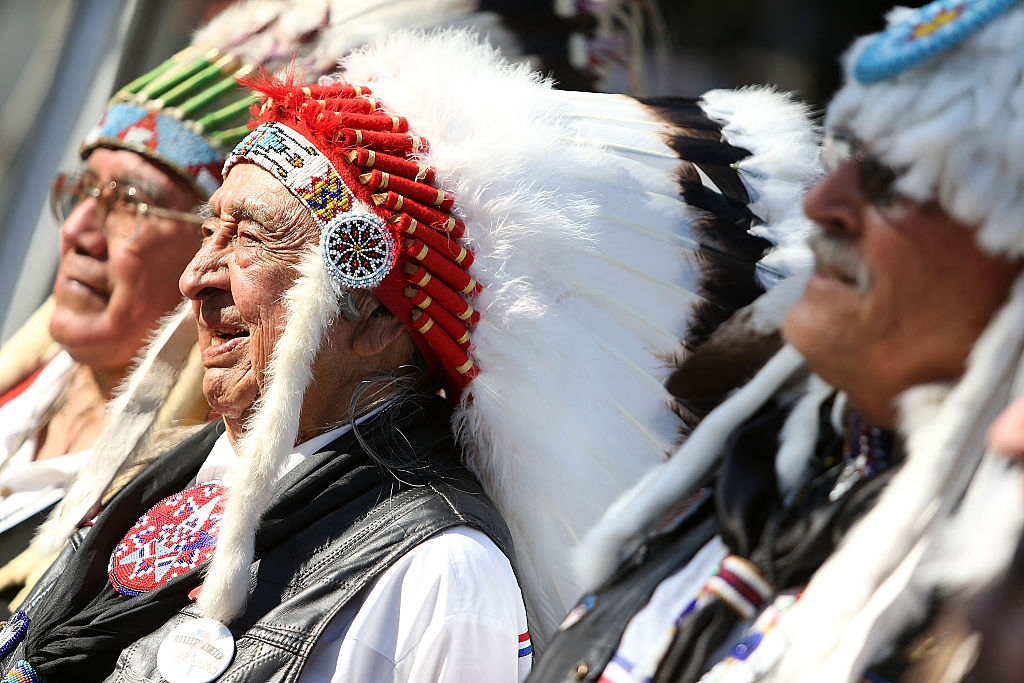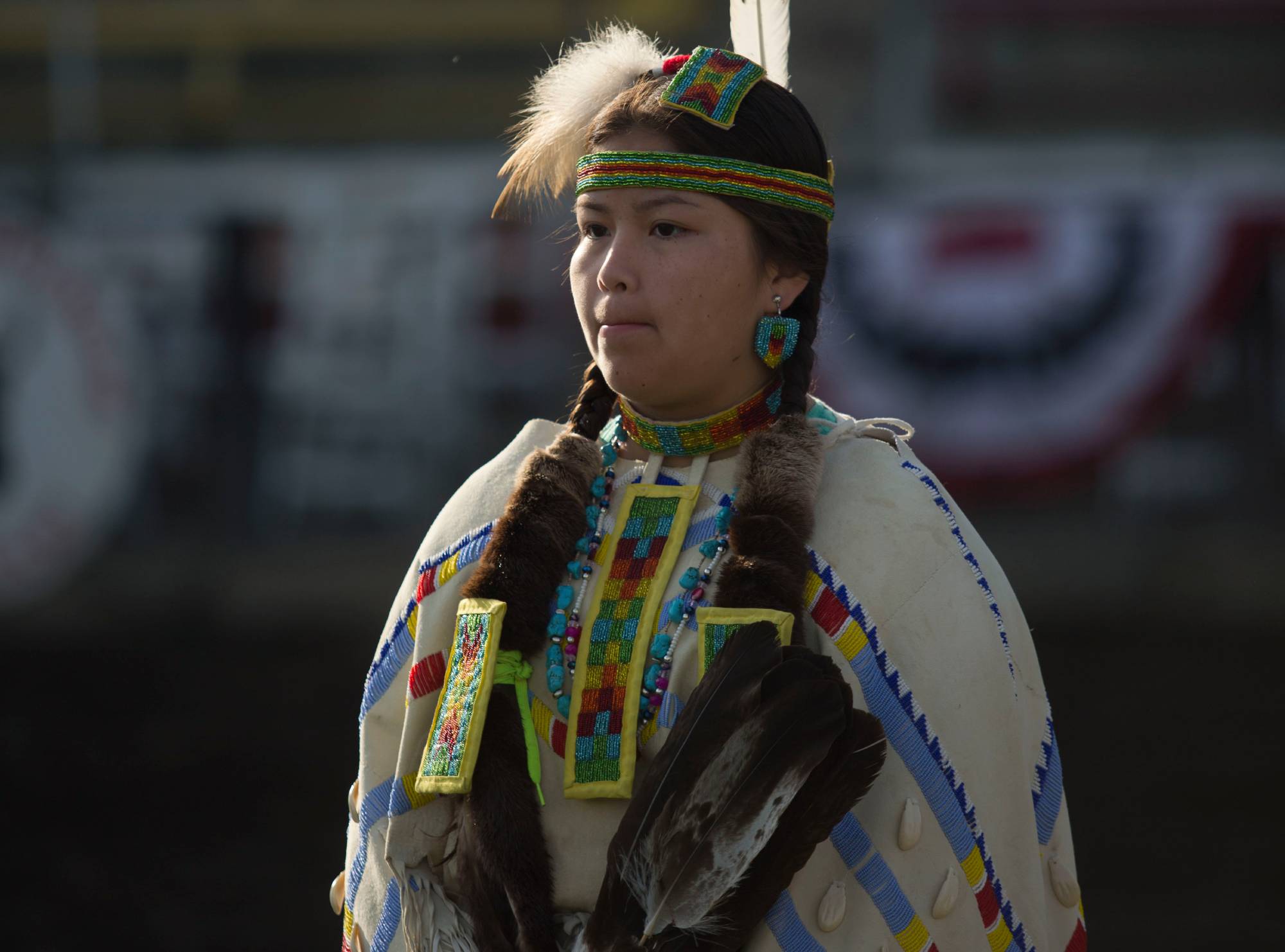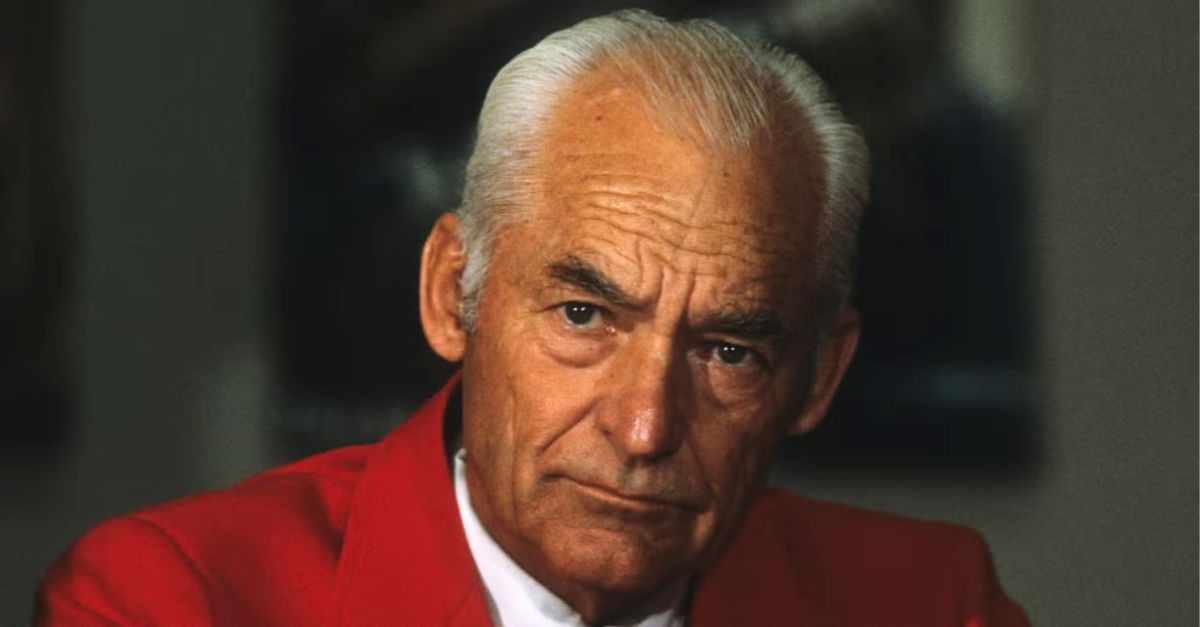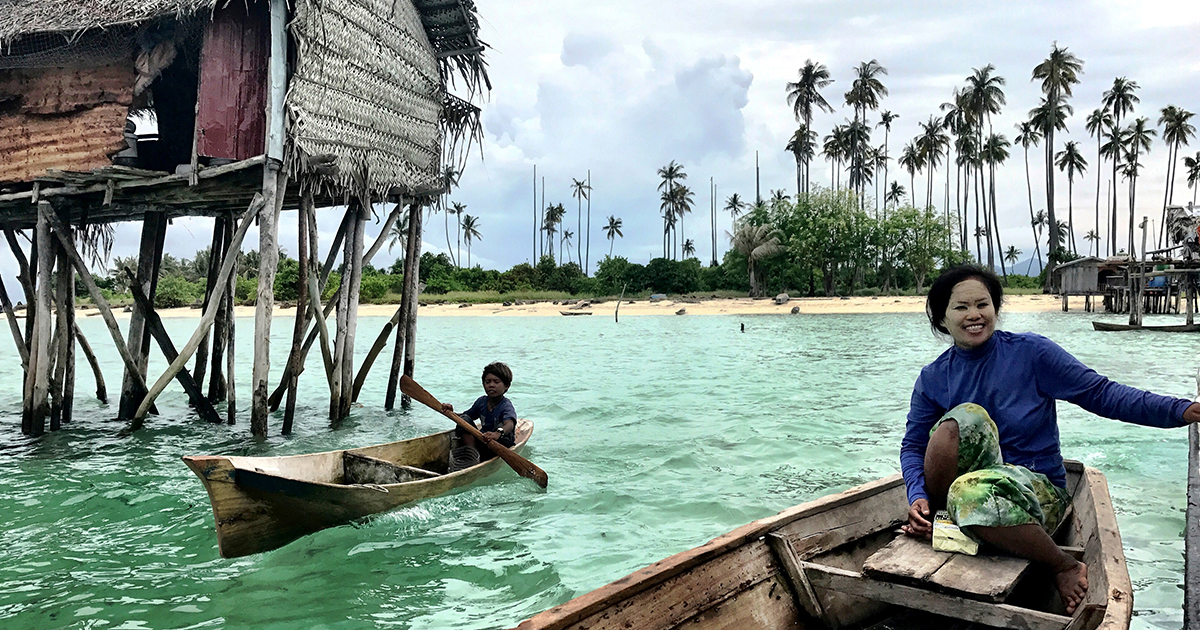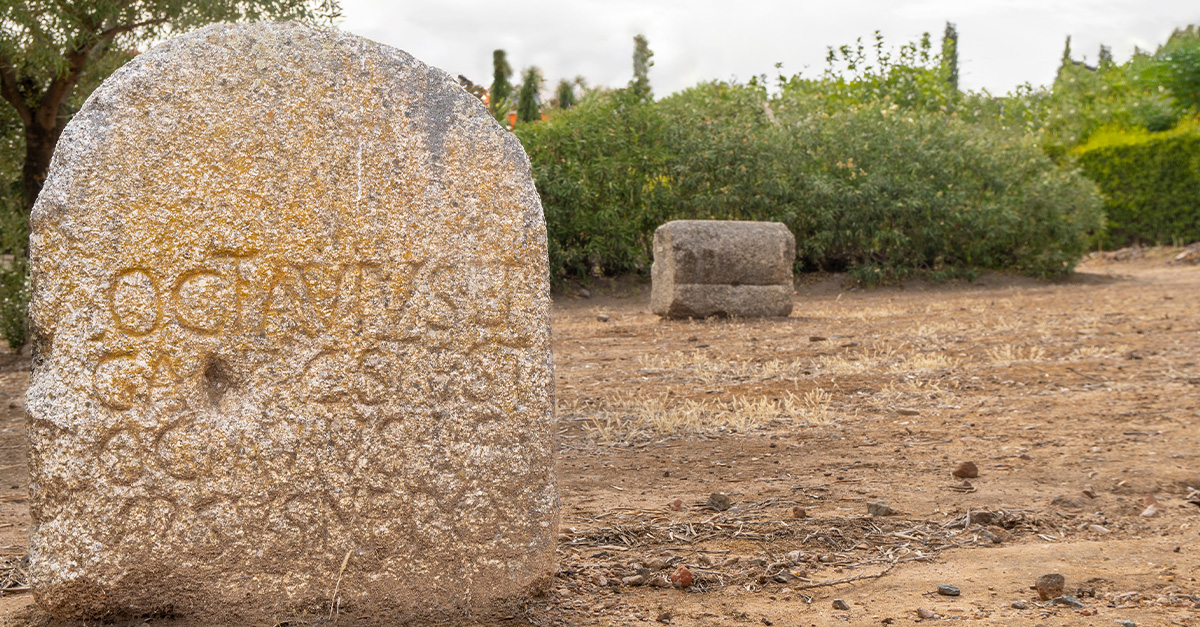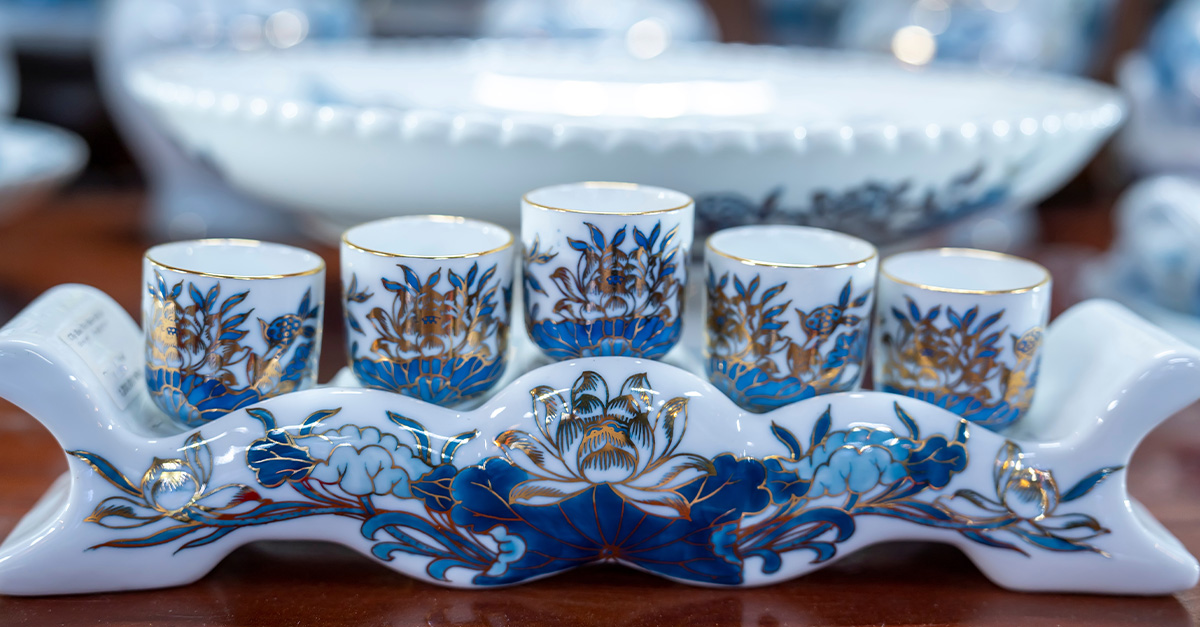People Of The Pacific Northwest
The Yakama are a Native American tribe that lives in the Pacific Northwest. The Yakama’s traditional territories are in eastern Washington state. It is here, amid the rolling hills and rivers of the Columbia River plateau, that the Yakama have lived, fished, and developed their culture for thousands of years.
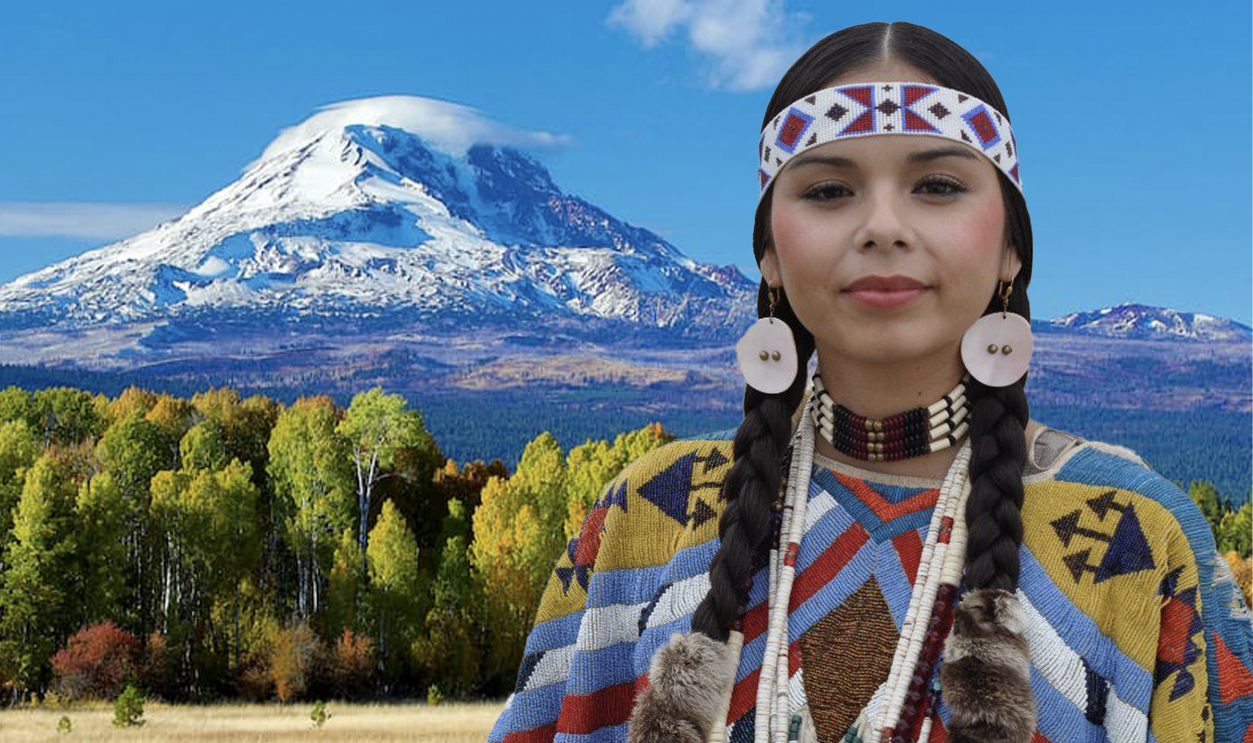
Name With Significance
The name “Yakama” means “a growing family” or “the pregnant ones” in the Yakama’s language, Sahaptin. Another Indigenous-derived name is “Waptailnsim”, or “people of the narrow river”. When we look at the history and culture of the Yakama, it’s not hard to see why they acquired these names.
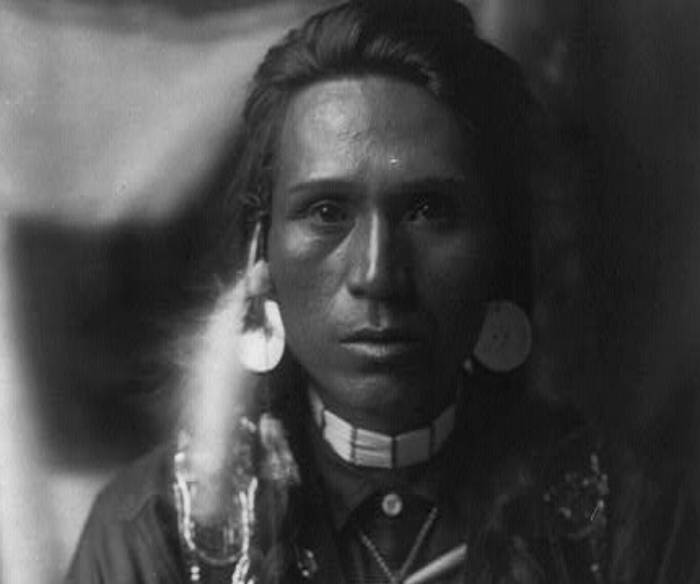 Edward S. Curtis, Wikimedia Commons
Edward S. Curtis, Wikimedia Commons
The Yakama Language
"Sahaptin" is the standard name of the common language spoken by all the Indigenous peoples of eastern Washington, Idaho, and northern Oregon. However, Yakama language experts point out that Sahaptin is itself a Salish word, and the Yakama word for their own language is "Ichishkin Sinwit", or “this language”.
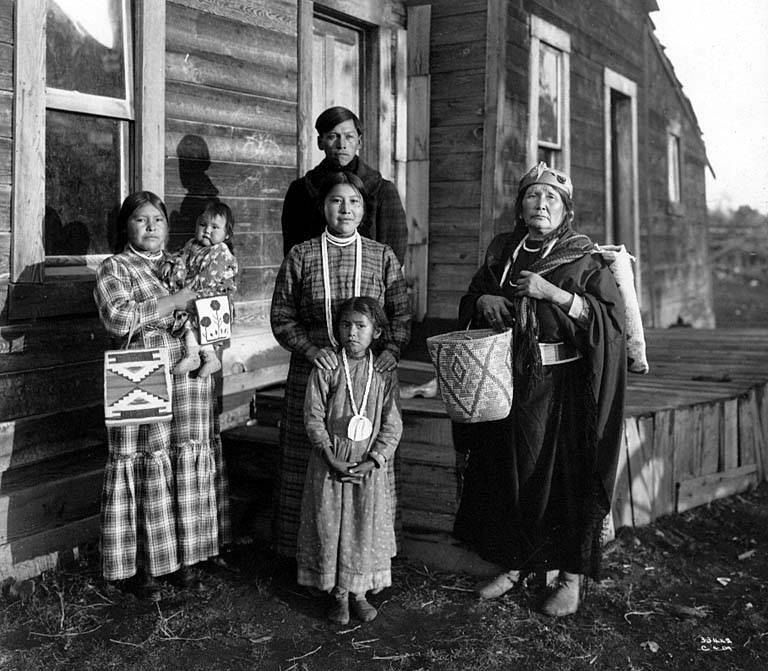 Asahel Curtis, Wikimedia Commons
Asahel Curtis, Wikimedia Commons
Federal Government Status
The Yakama people are a federally recognized tribe, the Confederated Tribes and Bands of the Yakama Nation. Their mandated territory encompasses 1.2 million acres of the territory of the Yakima River in their traditional territory.
Yakama Food
The center of the Yakama diet was salmon. The people traditionally caught fish from the rivers using nets, spears, and traps. Deer, elk, and smaller game like rabbits were also a popular target for Yakama hunters. The people were also active gathering berries, roots, and nuts to supplement food supplies.
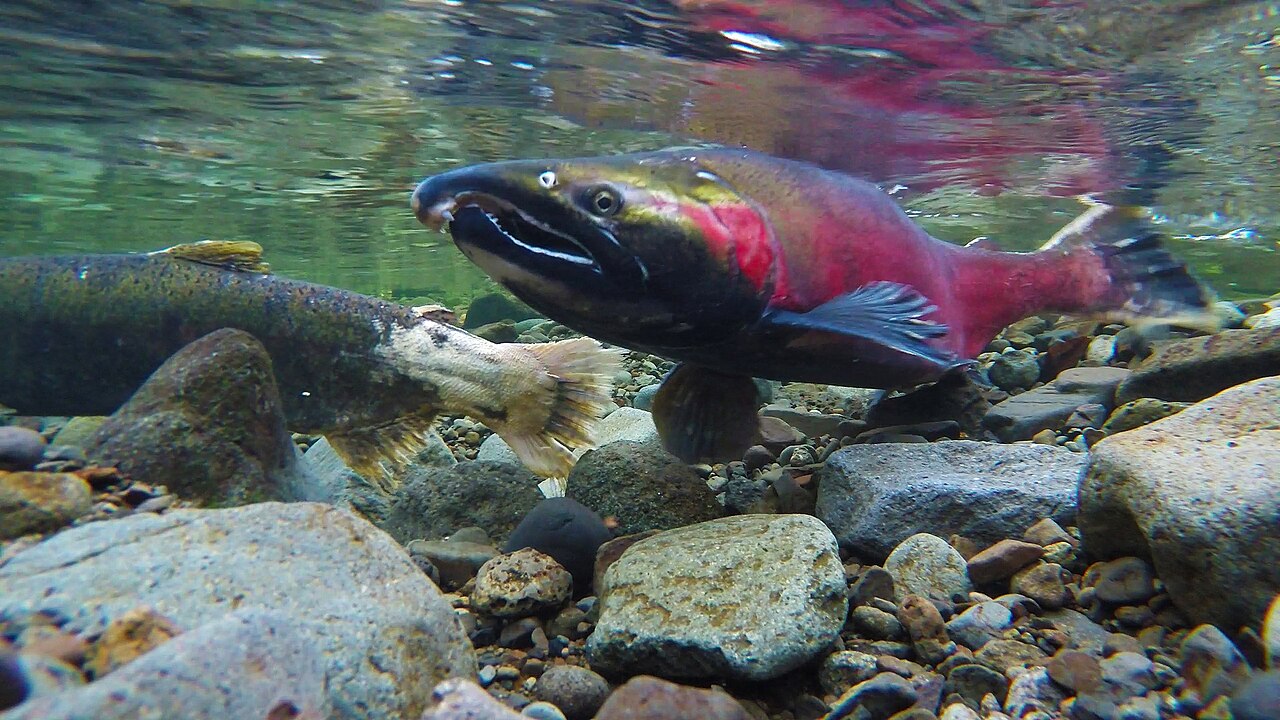 Bureau of Land Management, CC BY 2.0, Wikimedia Commons
Bureau of Land Management, CC BY 2.0, Wikimedia Commons
Hunters And Gatherers
As with many other Native American tribes, there was a division of labor according to gender in Yakama society. Men were expected to learn to hunt, fish, and defend the tribe; women took care of children, cooked, did handicrafts, and gathered roots and berries from the nearby area.
 Lucullus Virgil McWhorter, Wikimedia Commons
Lucullus Virgil McWhorter, Wikimedia Commons
Yakama Settlements
As the Yakama were hunter-gatherers, their settlements were fairly small, consisting of five to15 homes. Extended families lived together; it was common for three generations to live under the same roof. The Yakama lived in these communities for periods of time over the winter, whereas it was more common to wander nomadically during the summer months following animal migration paths.
 Edward S. Curtis, Wikimedia Commons
Edward S. Curtis, Wikimedia Commons
Yakama Houses
The Yakama lived mostly in pit houses. These were holes in the ground covered over with a sturdy network of sticks or logs that supported layers of animal hides to keep out the weather. The pit houses were more of a permanent or winter accommodation. The Yakama also made use of teepees in the summer when they were moving around or for hunting parties, as these structures were easy to build, dismantle and move.
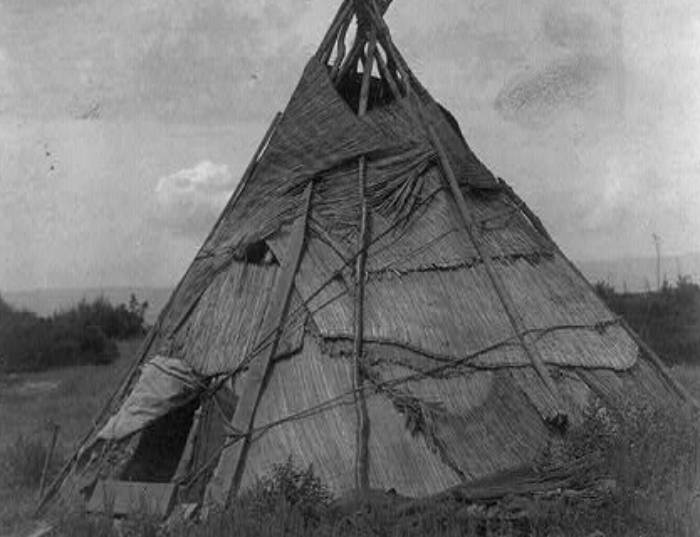 Edward S. Curtis, Wikimedia Commons
Edward S. Curtis, Wikimedia Commons
Spiritual Beliefs
The Yakama people have strong ties to their natural environment and to their dependence on nature’s bounty. This influence is seen in their spiritual belief system. Dreams and visions are an important part of their spiritual practices as well. The Yakama had a childhood rite of passage consisting of several days of fasting followed by an interpretation of whatever visions appeared to them. A spirit animal was then chosen to be the child’s guardian spirit.
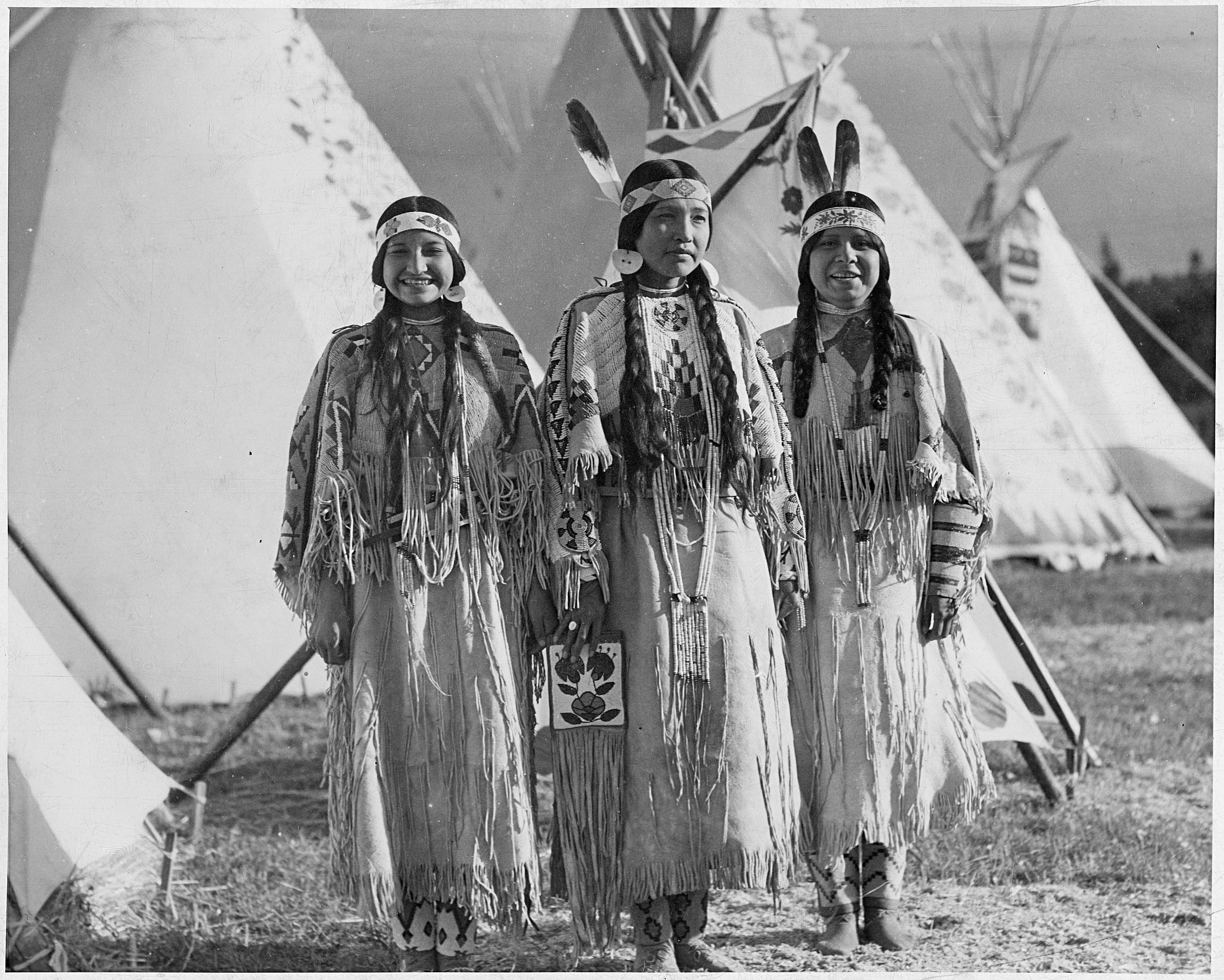 Lucullus Virgil McWhorter, Wikimedia Commons
Lucullus Virgil McWhorter, Wikimedia Commons
Yakama Art
The Yakama people made maximum use of the materials around them to create complex beadwork, weaving, basketry, and carvings from wood and bone. Colors had symbolic meaning: red meant blood; black signified death, yellow indicated the sun, and white represented purity. These colors also played a role in Yakama clothing.
Yakama Clothing
Traditional Yakama clothing was derived from two main sources: cedar bark and animal hides. The cedar tree is sacred in Yakama culture and its fibers are used to weave robes, hats, baskets, mats, and other coverings. Hides are also an important clothing source, and were more commonly used for moccasins, shirts, and pants.
 De Lancey W. Gill, Wikimedia Commons
De Lancey W. Gill, Wikimedia Commons
Yakama Bands
The Yakama are not one uniform centrally-located people, but a collection of different bands in the same region that shared the same language and customs. There are six of these bands, and their names usually come from the most important natural feature near where they live. Let’s look at the six bands of the Yakama.
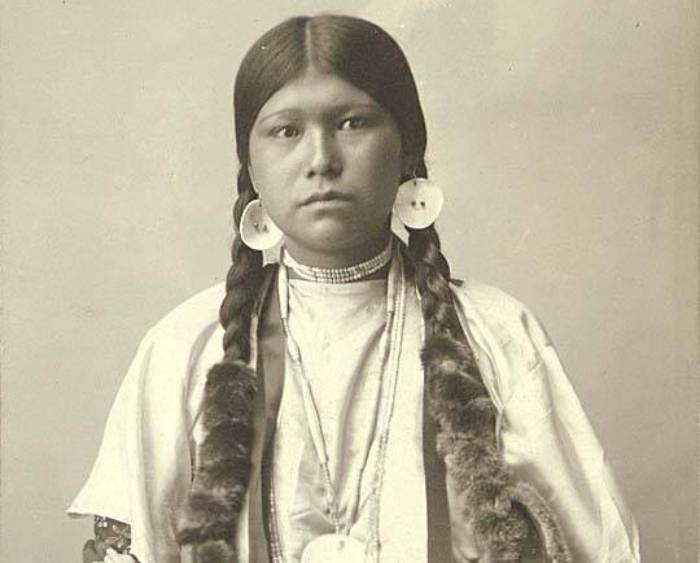 Frank La Roche, Wikimedia Commons
Frank La Roche, Wikimedia Commons
Lower Yakama
This is the most populous of the Yakama bands, and they live in the territories along the Lower Yakima River. Their lands stretch from north of the city of Yakima, Washington to Prosser Falls, closer to the Columbia River.
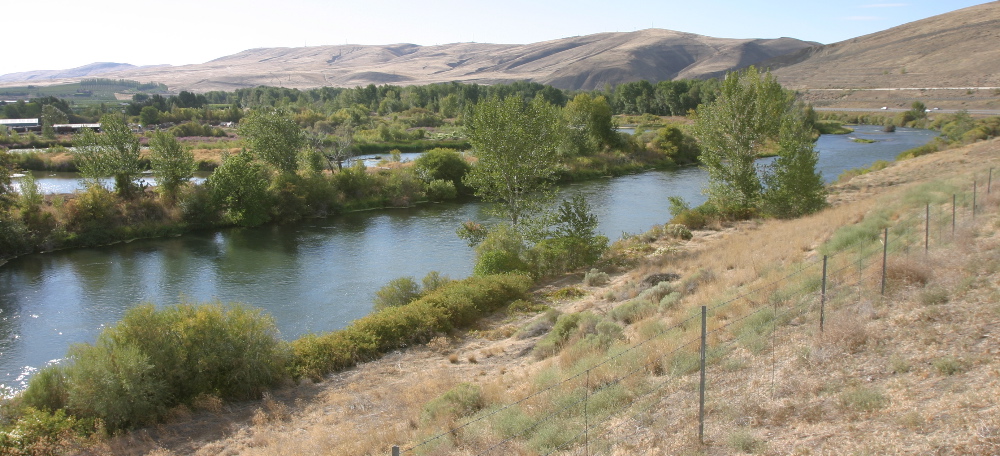 Cacophony, CC BY-SA 3.0, Wikimedia Commons
Cacophony, CC BY-SA 3.0, Wikimedia Commons
Upper Yakama
As their name suggests, the Upper Yakama people, or Kittitas, occupy the territories on the upper reaches and tributaries of the Yakima River in Washington. The name of the nearby town of Cle Elum, Washington means “swift water” in the Yakama tongue, and that name gives a good indication of the rugged terrain of the area.
 Mountains to Sound Greenway Trust., Attribution, Wikimedia Commons
Mountains to Sound Greenway Trust., Attribution, Wikimedia Commons
Klickitat
The mountainous terrain on the north side of the Columbia River was the main territory of this Yakama band, who fished and hunted up to the headwaters of the Klickitat and White Salmon rivers, among many others.
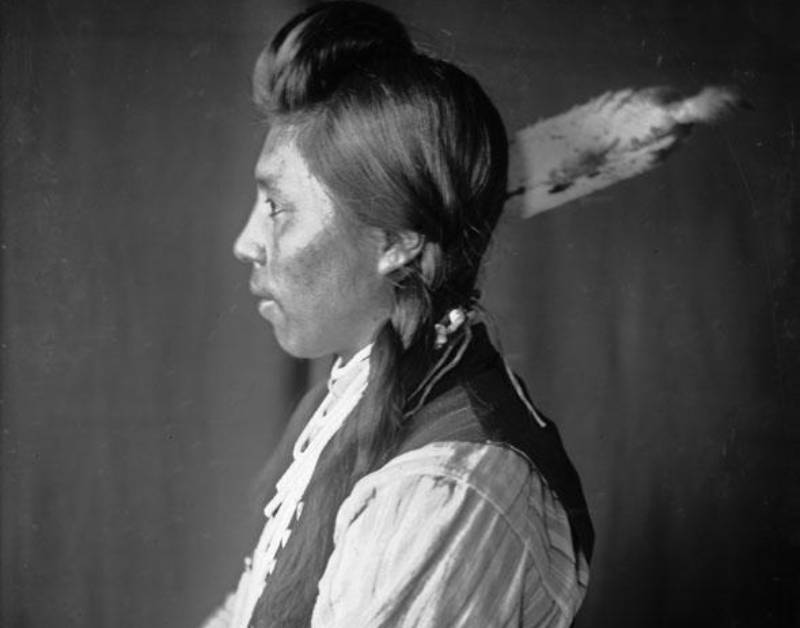 De Lancey W. Gill, Wikimedia Commons
De Lancey W. Gill, Wikimedia Commons
Cowlitz River Klickitat
Sometimes called the Upper Cowlitz people or the Taitnapam, which means “people of the Teton River”. This band’s name implies origins east of the Cascade Mountains, but their traditional territories are around the headwaters of the Cowlitz River very close to the other Klickitat people.
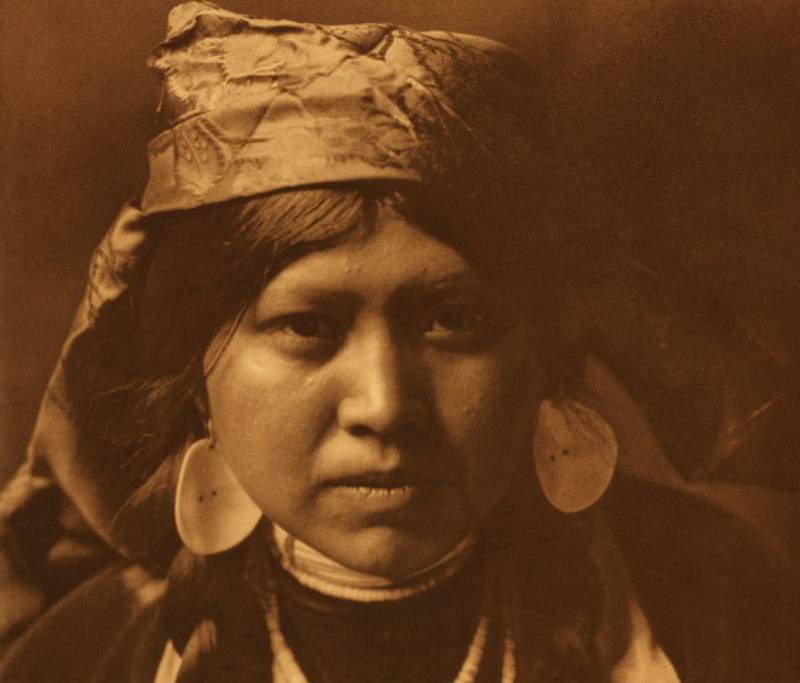 Edward S. Curtis, Wikimedia Commons
Edward S. Curtis, Wikimedia Commons
Wanapum
This is a much smaller and more remote band that lived and fished in the stretch of the Columbia River near the Priest River dam. The dam itself flooded much of the Wanapum’s traditional fishing territory. There are about 60 Wanapum people living in the area around the dam site.
 Frank La Roche, Wikimedia Commons
Frank La Roche, Wikimedia Commons
Mishalpam
This band of the Yakima lived further north in the mountains and forests southeast of Puget Sound. Their traditional territories approached the slopes of Mount Rainier. Living in this region brought the Mishalpam into contact with the Coast Salish with whom they traded and intermarried.
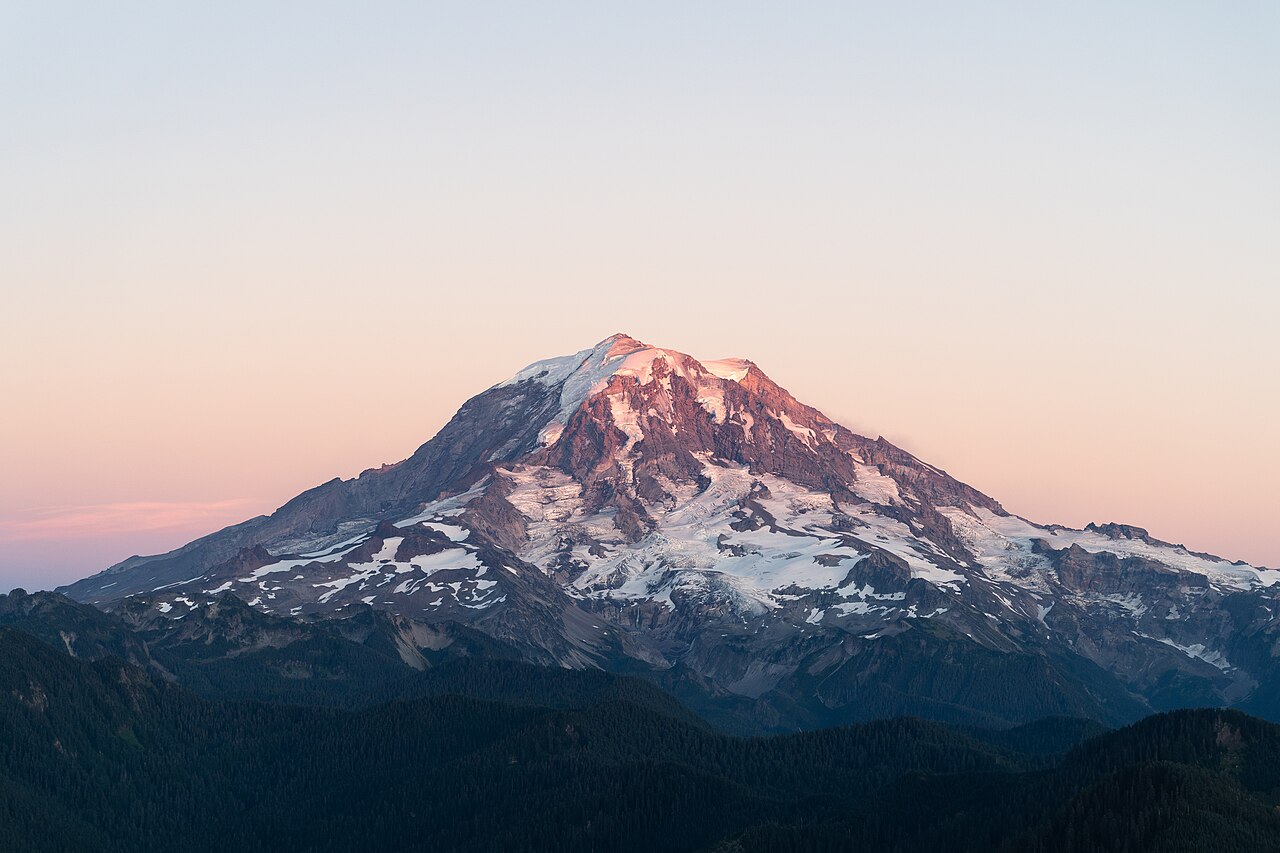 Caleb Riston, Wikimedia Commons
Caleb Riston, Wikimedia Commons
Yakama History: Beginnings
While there is very little recorded history to go on, the many bands of the Yakama lived for centuries along the Yakima River and the mountain plateau north of the Columbia River. The yearly salmon run was their chief food source. The Yakima River valley was the main area to settle down for the winter in small villages, with the other seasons being a time to roam farther and hunt.
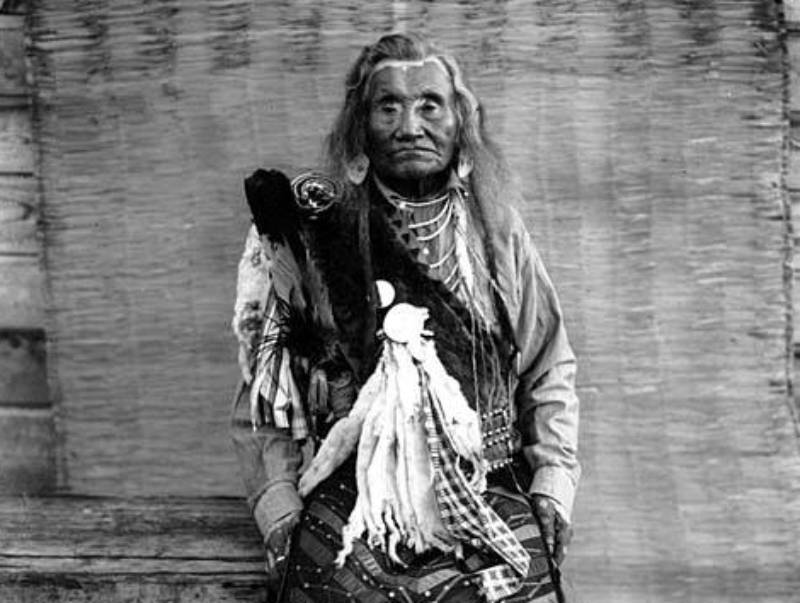 Asahel Curtis, Wikimedia Commons
Asahel Curtis, Wikimedia Commons
Unifying A Tribe And Its Lands
It was the Yakama chief Weowwicht who unified the scattered bands and villages of the Columbia and Yakima region. This unification incorporated a vast and incomparably rich territory. In these lands, the Yakama could thrive and prosper into a bright future. But east of the Cascades, challenges lay ahead.
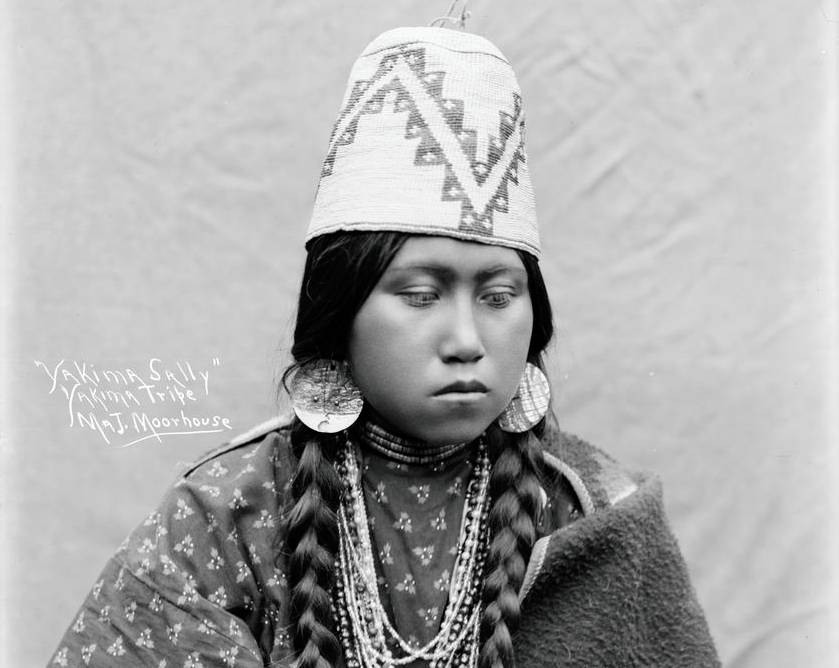 Lee Moorhouse, Wikimedia Commons
Lee Moorhouse, Wikimedia Commons
Contact With The White Man
The lands east of the towering Cascade Mountain range of central Washington were a tantalizing destination for those Yakama people who had a taste for adventure and the unknown. Those brave few who ventured forth met new and fascinating tribes in the lands to the east, and it was there that the Yakama had their first contact with European settlers.
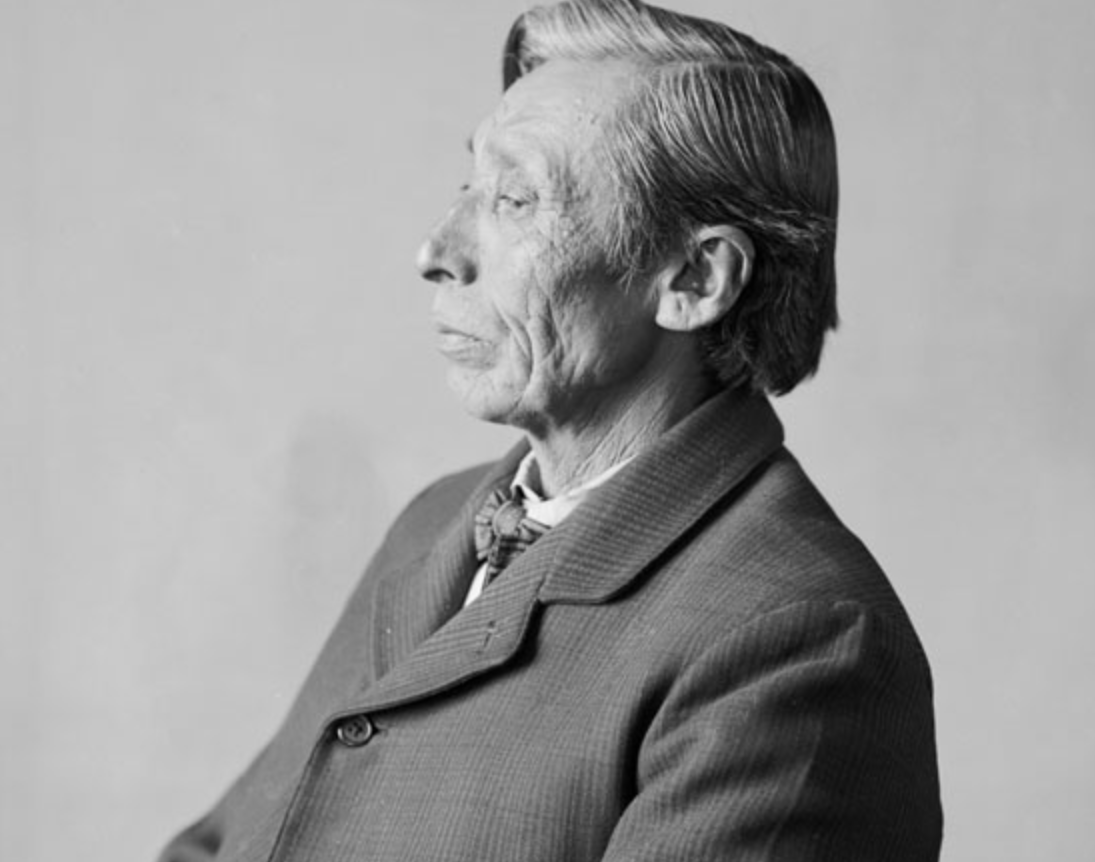 De Lancey W. Gill, Wikimedia Commons
De Lancey W. Gill, Wikimedia Commons
The Ravages Of Smallpox
Communication and trade with the Plains tribes beyond the Cascades brought contact with Europeans. It wasn’t long before smallpox appeared in Yakama communities. With no resistance to the foreign virus, the Yakama population was reduced by half, according to some. It’s hard to imagine the horror that must’ve swept the Yakama people as several waves of the disease struck through the 1600s and 1700s.
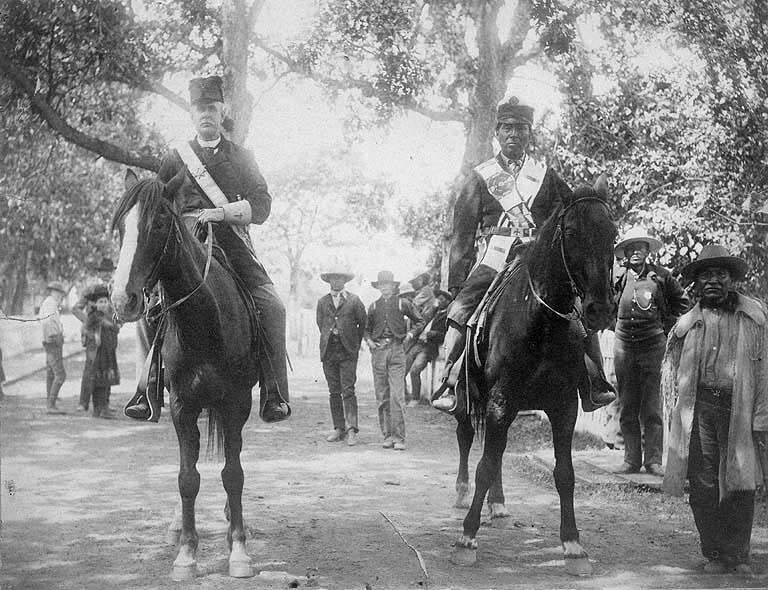 University of Washington, Wikimedia Commons
University of Washington, Wikimedia Commons
Meeting Lewis And Clark
Those early contacts in the land beyond the mountain were only a first taste of further contact with Europeans. The Lewis and Clark expedition travelled through Yakama lands on their way to the Pacific Ocean in 1805. That expedition was followed by waves of White prospectors, fur trappers, fur traders, and others. Yakama life would never be the same.
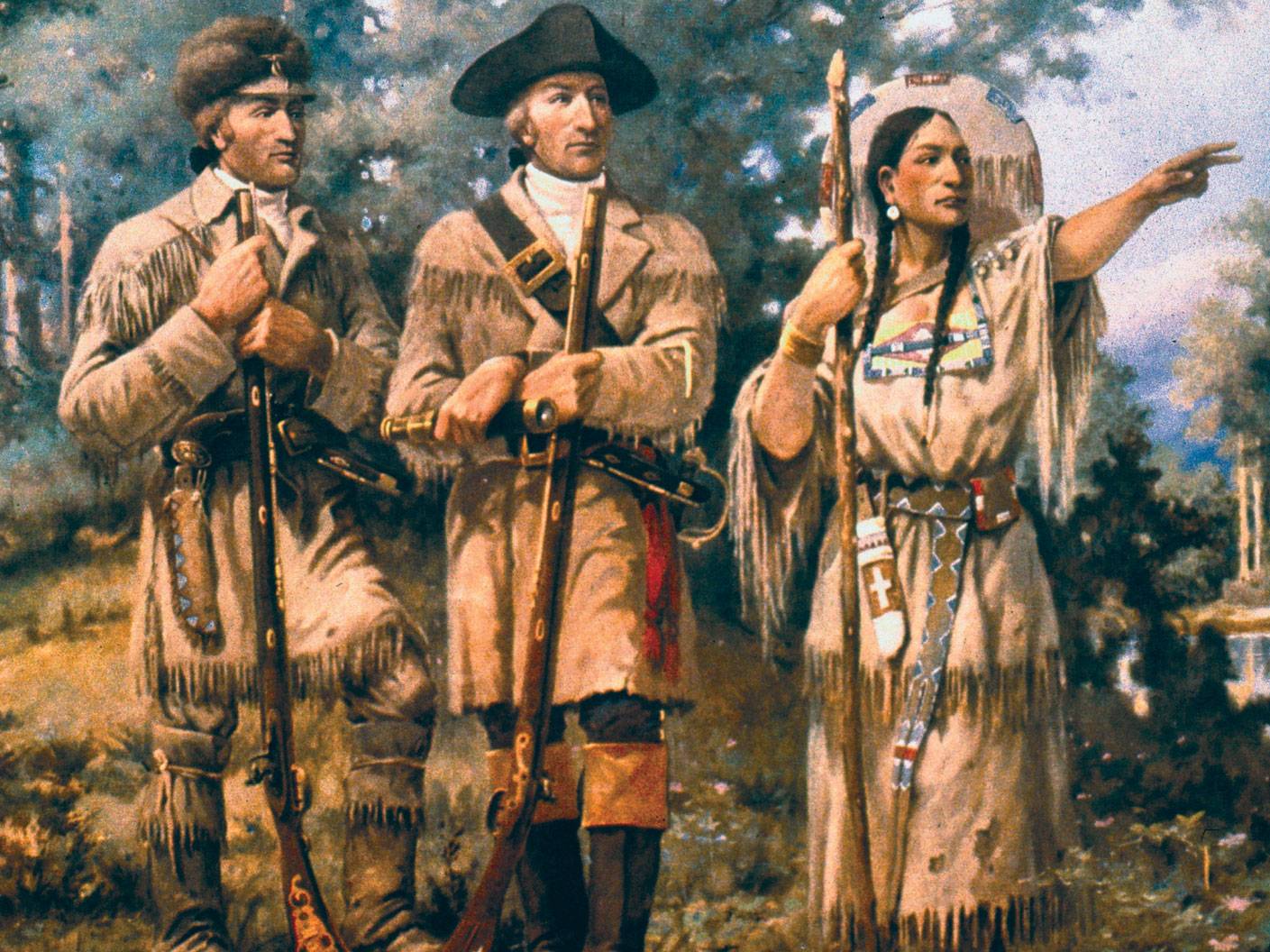 Edgar Samuel Paxson, Wikimedia Commons
Edgar Samuel Paxson, Wikimedia Commons
Trading Posts Established In Yakama Territory
The Pacific Fur Company established trading posts at Fort Astoria near the mouth of the Columbia, and at Fort Okanogan further north on the Columbia River in 1811. The Yakama people were like other tribes in their eagerness to acquire more useful goods from the Europeans and a busy trade evolved over the decades, especially after a Hudson's Bay post was built at Fort Vancouver in 1825.
 Lt. Herny Warre, Wikimedia Commons
Lt. Herny Warre, Wikimedia Commons
Setting Boundaries
The descendants of Chief Weowwicht decided that it was time to set some boundaries for the newcomers or the newcomers would set the boundaries for them. Wenas Creek, west of the Yakima River, became the boundary between settlers and Yakama.
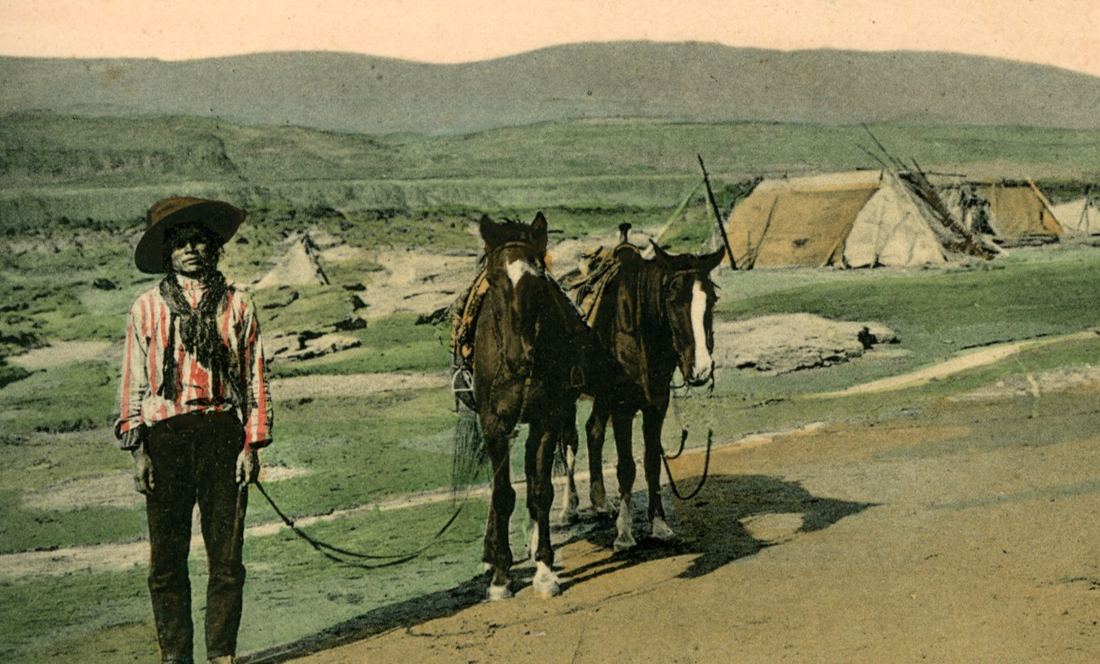 Brück & Sohn Kunstverlag Meißen, Wikimedia Commons
Brück & Sohn Kunstverlag Meißen, Wikimedia Commons
Treaty At Walla Walla
The US government made Washington a territory in 1853, putting the land status in doubt for the Yakama and the other Native peoples. At the Council of Walla Walla, the Yakama and other tribes met with the US territorial governor. They agreed to cede more than 10 million acres of land in exchange for payment and full fishing and hunting rights. The Yakama would retain reservation lands in their traditional territory—but the agreement wouldn’t last.
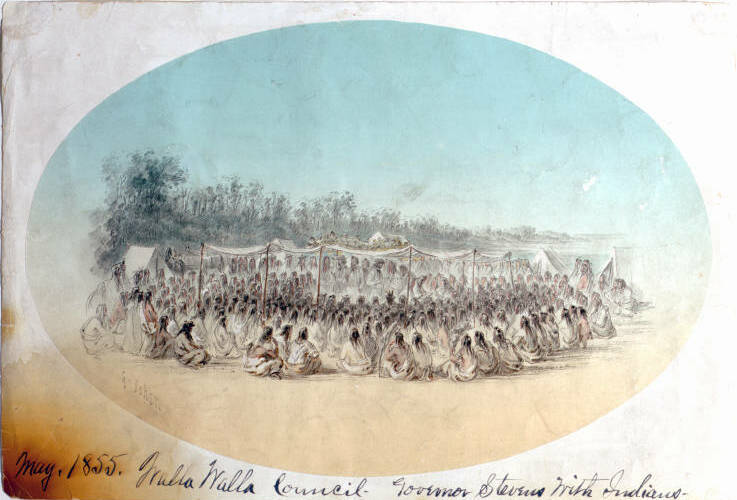 Gustav Sohon, Wikimedia Commons
Gustav Sohon, Wikimedia Commons
Violence Erupts
Not long after the Treaty of Walla Walla was signed, a Yakama woman and her child were slain by a group of miners. The woman’s husband, together with other Yakama men, tracked the miners down and exacted vengeance on them. This event was followed by the fatal confrontation between the Yakama men and a US government agent who was investigating the crime. The agent lost his life in the fracas, and the situation soon escalated out of control.
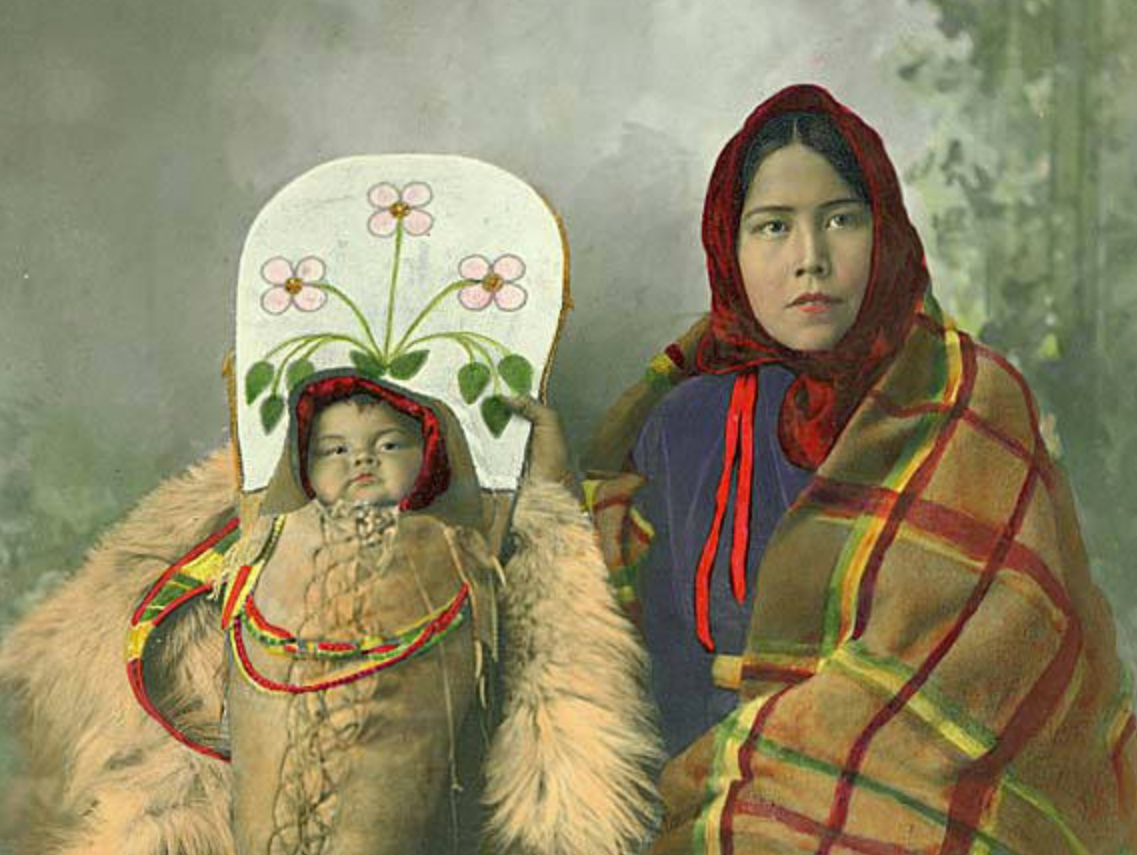 Frank La Roche, Wikimedia Commons
Frank La Roche, Wikimedia Commons
A Fierce Conflict Spreads
The outbreak of violence in the Yakama territories wasn’t the only problem haunting the Yakama, as they also hadn’t received the promised payment for the land they’d ceded to the government. While the people’s frustration boiled over, a US army force headed out to quell the angry Yakama. It would be a fatal confrontation.
Battle At Toppenish Creek
The company of men under the command of Major Granville Haller was driven out of the territory by the Yakama. Once the Yakama saw the US column on the run, they pursued them and inflicted a major defeat. The Yakama had shown they were not to be trifled with.
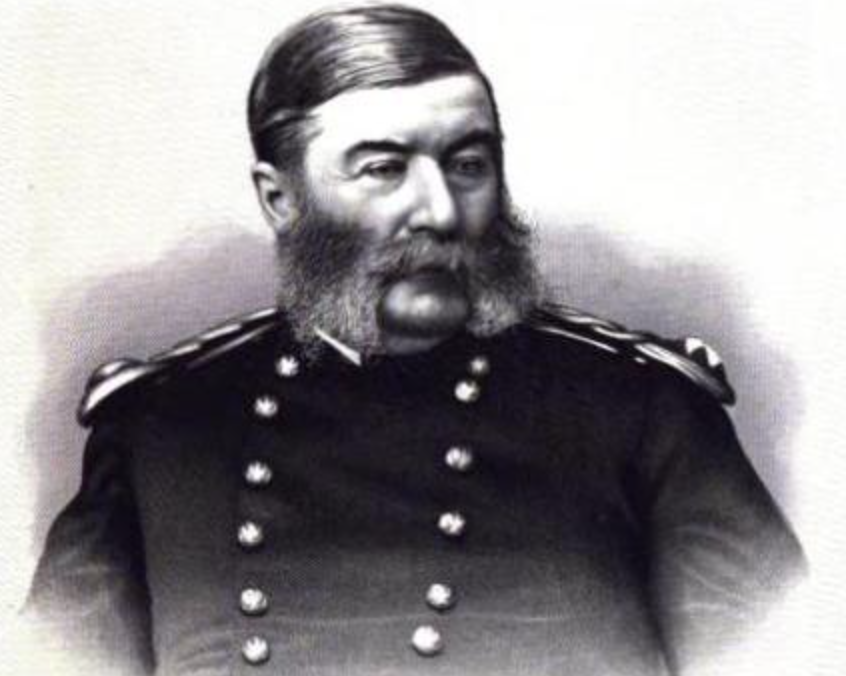 Unknown Author, Wikimedia Commons
Unknown Author, Wikimedia Commons
Chief Kamiakin Rallies His People
The leader of the Yakama resistance was a man called Kamiakin. He had been at the Walla Walla council and was angered by the way things had gone. Gathering all the bands of the Yakama confederation behind him, he overruled the objections of other chiefs and insisted they stand and fight. The courage was there, but years of hardship followed.
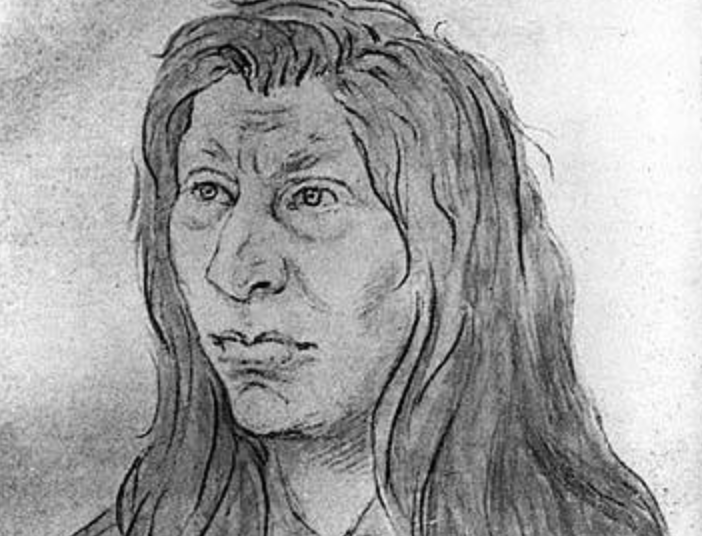 University of Washington: Special Collections, Wikimedia Commons
University of Washington: Special Collections, Wikimedia Commons
A Long And Painful Struggle
The Yakima War lasted three years and was marked by several horrible battles and raids on civilians. While the Yakama contested the struggle courageously, it was only a matter of time before the US government took control. After the final defeat, Kamiakin fled up into Canada and a new treaty was imposed by the US that sent the Yakama and the other tribes onto reservations.
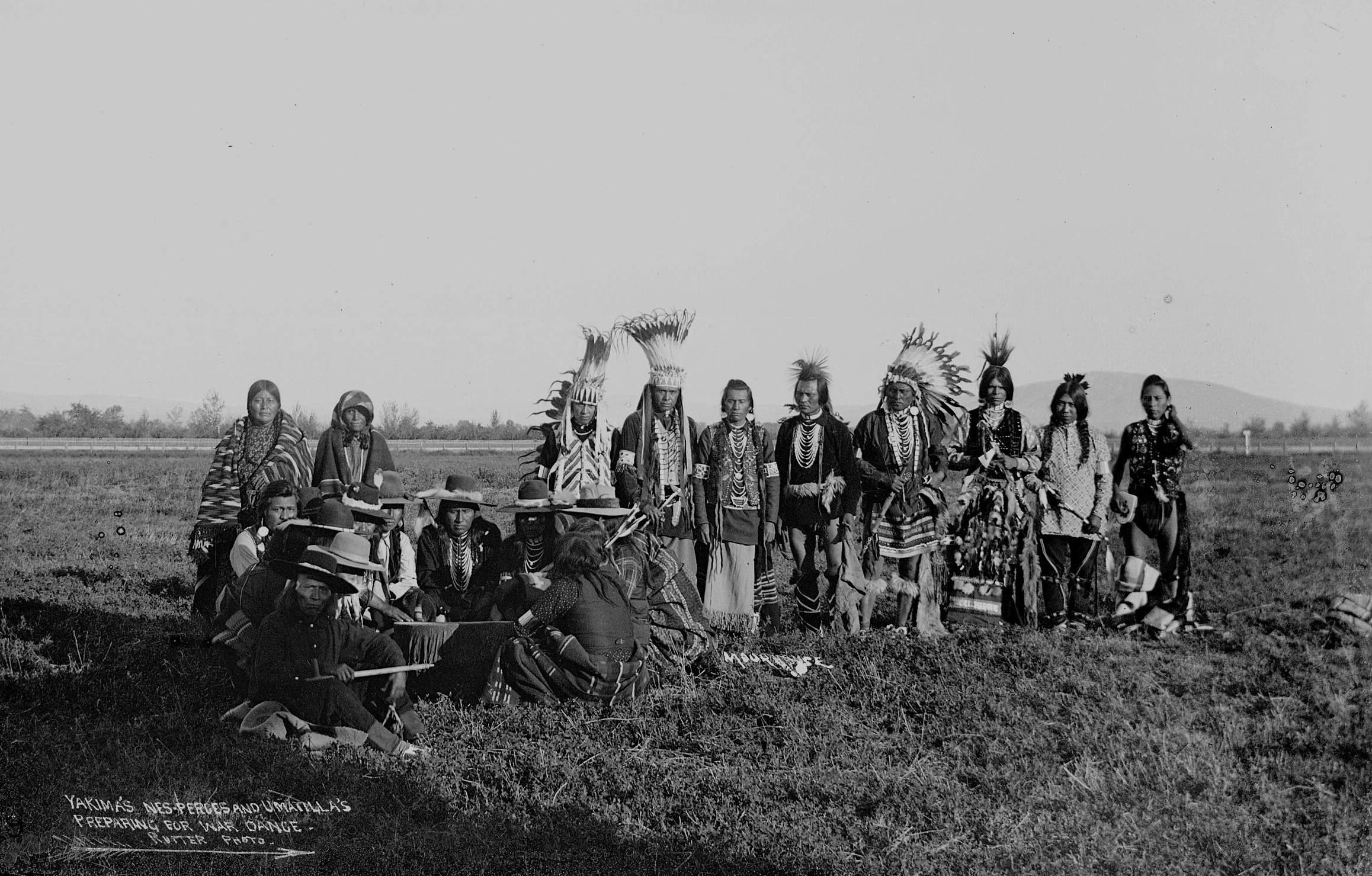 University of Oregon Libraries, Wikimedia Commons
University of Oregon Libraries, Wikimedia Commons
Assimilation Attempts
For the rest of the 1800s, the US government attempted to force the Yakama to assimilate to European ways of life. A boarding school was opened, and Yakama children were pushed to speak English, and dress and cut their hair as Europeans did. The changes were brought in by the government agents who managed the reservation for decades right into the early 20th century, when change finally came.
 Frank La Roche, Wikimedia Commons
Frank La Roche, Wikimedia Commons
Yakama Government
The Yakama set up their own tribal government there in 1933.The tribal council consists of representatives of all the different bands and numbers 14 elected representatives in all.
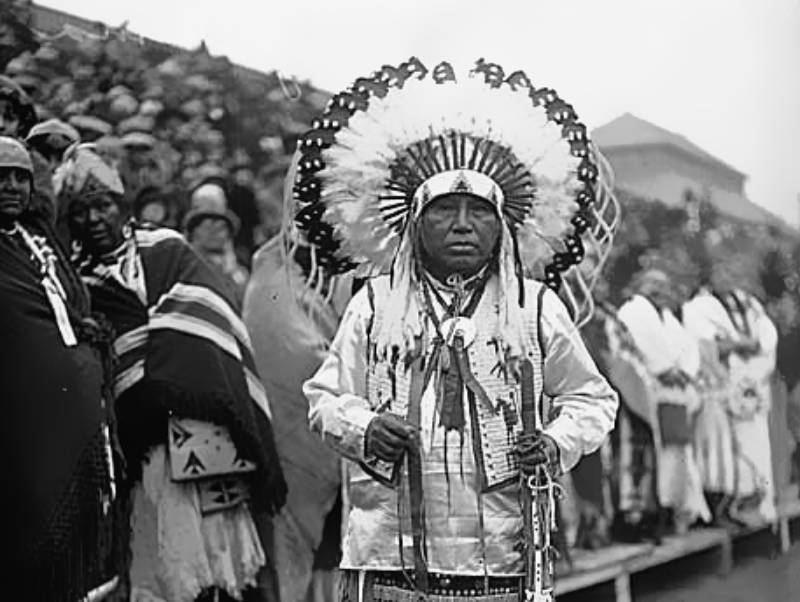 University of Washington, Wikimedia Commons
University of Washington, Wikimedia Commons
Yakama Economy
As in many Native communities across the country, there is a high poverty rate, along with diminished access to employment and government services. Other challenges have emerged over the years to complicate the situation.
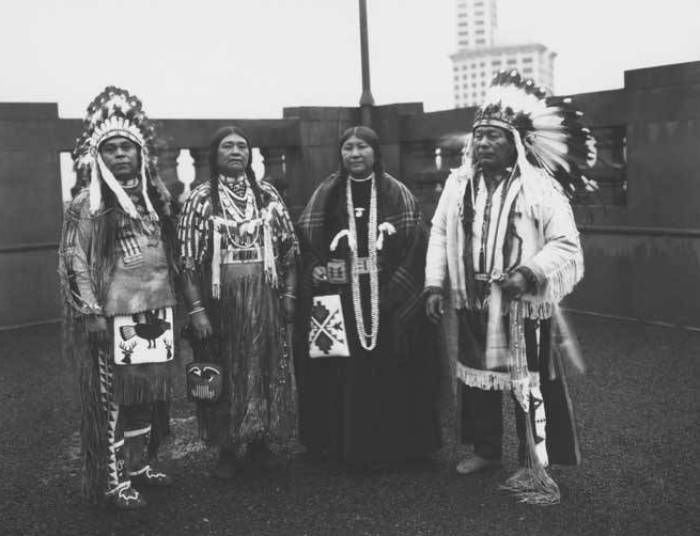 University of Washington, Wikimedia Commons
University of Washington, Wikimedia Commons
Cougar Creek Fire
The wildfires that burned around Washington state in 2015 didn’t spare the Yakama. The Cougar Creek fire burned more than 50,000 acres of timber on Yakama Reservation land. Efforts by Yakama loggers have focused on salvage logging operations to help the reservation’s forests recover.
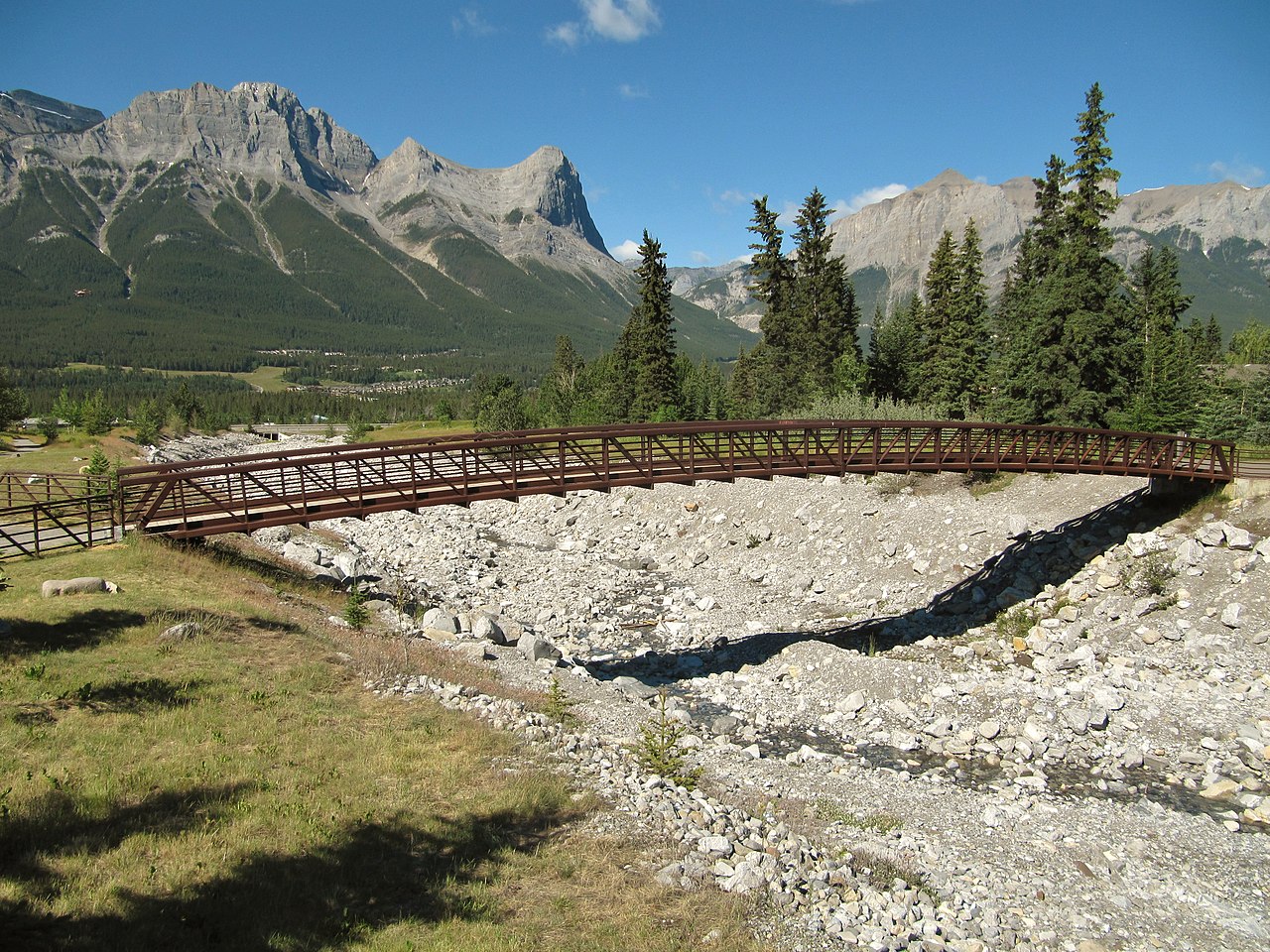 D. Mulligan, CC BY-SA 3.0, Wikimedia Commons
D. Mulligan, CC BY-SA 3.0, Wikimedia Commons
Defending What's Theirs
The Yakama have engaged in many legal actions over the years to ensure that their treaty rights to fishing access are upheld. The US Supreme Court has ruled that the Yakama must be given equal rights to fish and an equal partnership in forming fishing policy in the state of Washington.
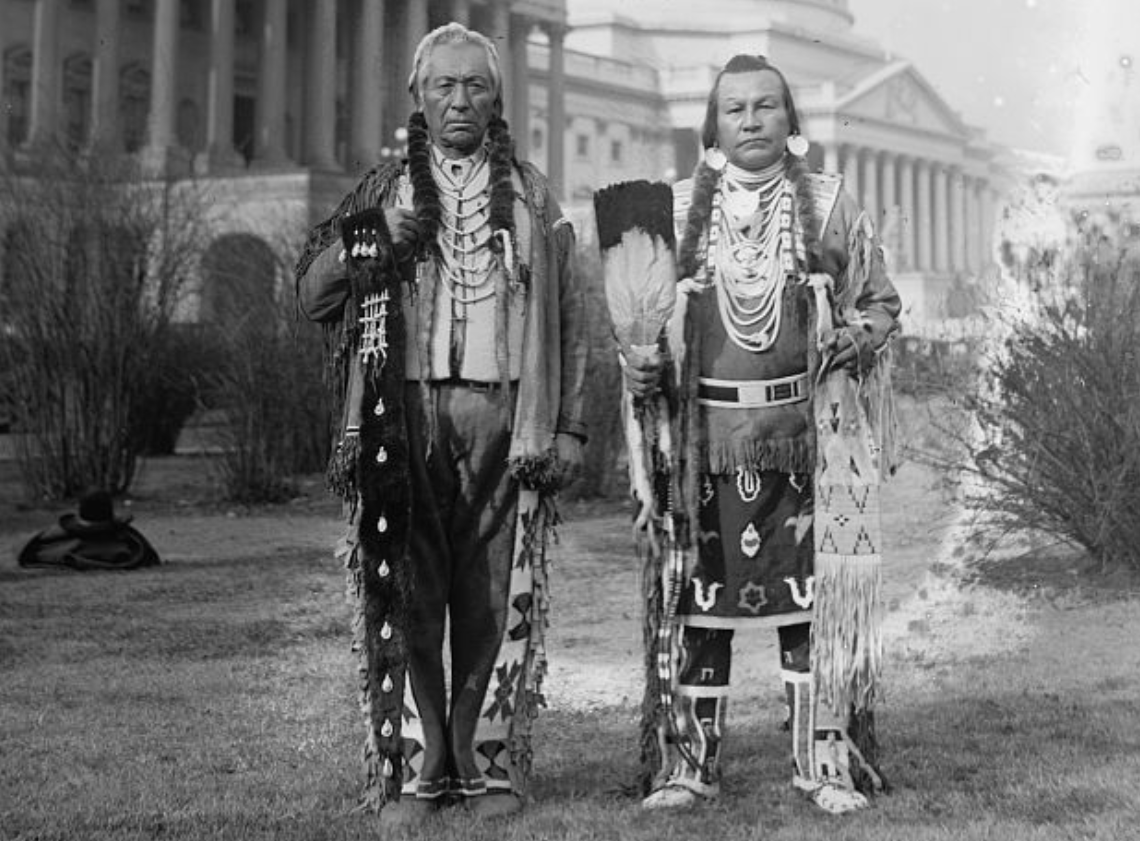 Unknown Author, Wikimedia Commons
Unknown Author, Wikimedia Commons
A People And A Nation, Upholding Tradition
Though the Yakama have had to change and adapt over the centuries, they proudly uphold their traditions and ties to their land. The traditional foods, clothing, ceremonies, and beliefs of the Yakama are still passed on through the generations as they maintain a strong spiritual bond with their fiercely independent ancestors.

